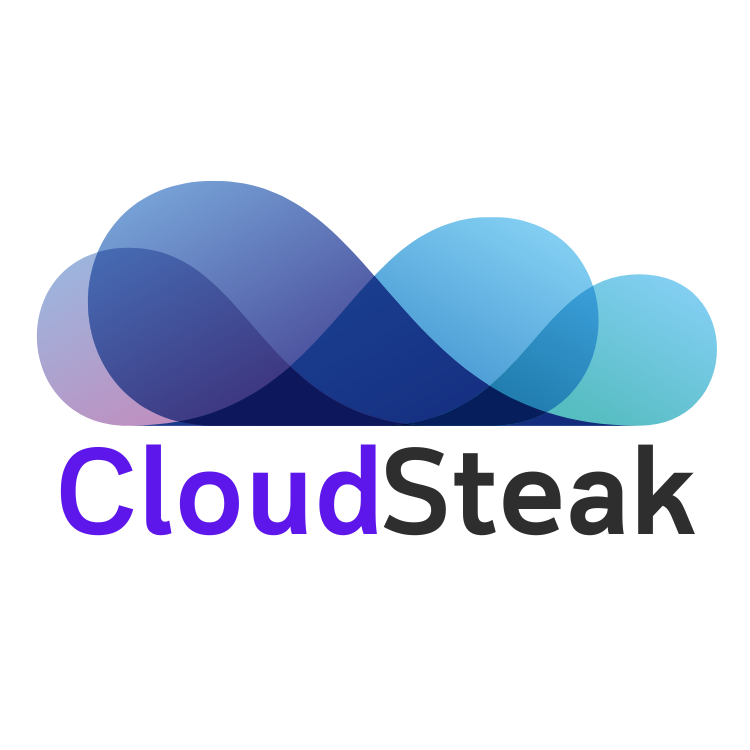Welcome to above the clouds

AWS – AWS Audit Manager now offers three new frameworks – NIST Cybersecurity Framework version 1.1, AWS Foundational Security Best Practices, and AWS Well-Architected framework
AWS Audit Manager now offers three new prebuilt standard frameworks: NIST Cybersecurity Framework version 1.1, AWS Foundational Security Best Practices, and AWS Well-Architected framework. These frameworks add to the existing prebuilt frameworks provided in Audit Manager. With this release, you can launch an assessment from any of these frameworks with just a few clicks. Audit […]

GCP – 13 best practices for user account, authentication, and password management, 2021 edition
Updated for 2021: This post includes updated best practices including the latest from Google’s Best Practices for Password Management whitepapers for both users and system designers. Account management, authentication and password management can be tricky. Often, account management is a dark corner that isn’t a top priority for developers or product managers. The resulting experience […]

AWS – Updated AWS IoT Device Tester for AWS IoT Greengrass is now available
AWS IoT Device Tester for AWS IoT Greengrass is a test automation tool for your IoT devices running AWS IoT Greengrass. Read More for the details.

GCP – New this month: Data lakes, speed at scale, and SAP data
As you’ve probably noticed by now, our team is all about our customers. Earlier in the year, the New York Times shared how their data analytics team went from staying up until three in the morning trying to keep their legacy system running to relaxing while eating ice cream after theirmigration over to Google Cloud. […]

GCP – PyTorch on Google Cloud: How To train PyTorch models on AI Platform
PyTorch is an open source machine learning and deep learning library, primarily developed by Facebook, used in a widening range of use cases for automating machine learning tasks at scale such as image recognition, natural language processing, translation, recommender systems and more. PyTorch has been predominantly used in research and in recent years it has […]

AWS – AWS Nitro Enclaves is now available in AWS GovCloud (US) Regions
Starting today, AWS Nitro Enclaves and AWS Certificate Manager (ACM) for Nitro Enclaves are available in AWS GovCloud (US) Regions. Read More for the details.

GCP – Woolaroo app uses Vision AI to help preserve native languages
One of the most vibrant elements of culture is the use of native languages and the time-honored tradition of storytelling. Anthropologists and linguists have been vocal on the role that language plays in the preservation of culture and how it contributes to the appreciation of heritage. Unfortunately, of the more than 7,000 languages that are […]

AWS – Amazon CodeGuru Reviewer now supports customer-managed customer master keys
Today, we are excited to announce support for customer-managed customer master keys to encrypt your code repositories in Amazon CodeGuru Reviewer. Customer-managed customer master keys allow you to create, own, and manage your encryption keys, giving you more control over how you manage the security of your CodeGuru Reviewer code. Read More for the details.

AWS – Host Resource Groups for EC2 Dedicated Hosts now support AWS CloudFormation
Host Resource Groups, which is a logical collection of Dedicated Hosts that you can manage as a single entity, now support AWS CloudFormation, allowing customers to create Host Resource Groups using CloudFormation templates and automate EC2 Dedicated Host management. Read More for the details.

AWS – AWS Data Provider for SAP Version 4.0 now available
AWS Data Provider for SAP version 4.0 is now available in all commercial regions, including AWS GovCloud (US) Regions. Read More for the details.
